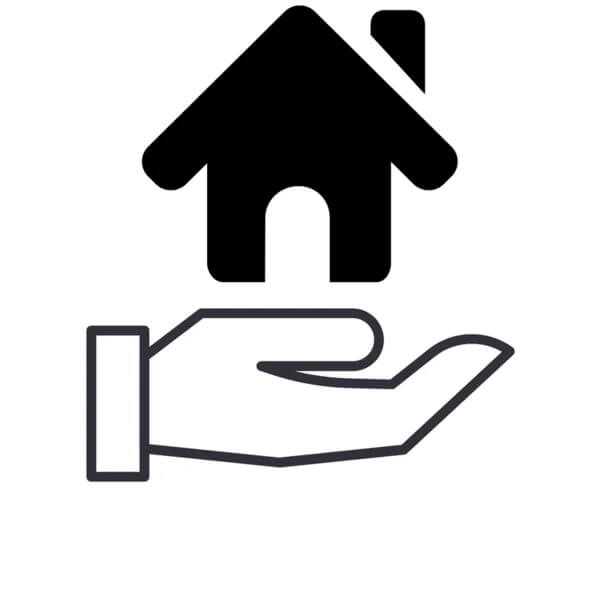
There are important pieces of information that are included in the documents including the purchase agreement that home buyers will want to be aware of. It’s crucial that you understand what you are looking at and that you look for the following 6 things.
1.The escrow details
Escrow on real estate transactions is basically a way to protect the buyer and seller. A third party holds your earnest money deposit, also known as good faith deposit, until closing. This is important because if the seller doesn’t meet their requirements then you will receive your funds back without a fight.
Escrow also protects the seller because if you back out on the deal without a legitimate reason according to the purchase agreement then the seller keeps your earnest money deposit. Therefore, you need to understand what’s included so you make sure you don’t risk losing money.
-
Earnest money deposit
As mentioned above, you will most likely be making an earnest money deposit as the buyer. Typically, this is 1% to 2% of the price you are agreeing to pay for the house. Keep in mind that these funds can later be added to your down payment.
While you may want to make the smallest deposit possible, making a larger deposit can be what puts your offer above other buyers.
-
The “Delivery” section
There is a lot of communication that happens between sellers and buyers during a real estate transaction. The delivery section of the purchase agreement specifies how that communication is to happen.
The most commonly used form of communication now is electronic through email and similar resources. However, it’s important that you know what the right form of communication is. The entire process could be delayed if you are using the wrong method of delivery.
-
Included contingencies
Contingencies are an important part of a real estate transaction. They provide both parties with the opportunity to back out of the deal if the situation does not progress as expected.
Popular contingencies include the results of a real estate appraisal, home inspection, or the sale of the buyer’s current home. You need to understand what each contingency is that’s included and what its impact is on you.
-
Date of settlement
Many first-time buyers think the process is over when their offer is accepted on a house. However, it’s really just beginning.
The settlement date is the closing date. This is the date that everything needs to be completed by including all the contingencies and other due diligence items.
-
Date of possession
Many people mistakenly think that the date of possession is the same as the closing date. This might be true, but it isn’t always.
Sometimes buyers need to stay in the house longer in order to finish preparing for their move. Make sure you understand the date of possession when you can actually take over the house.
There are many pieces to the real estate puzzle. You need to know what each of them are and what it means to you. Do not just sign documents without reading and make sure to ask questions about anything you don’t understand.






